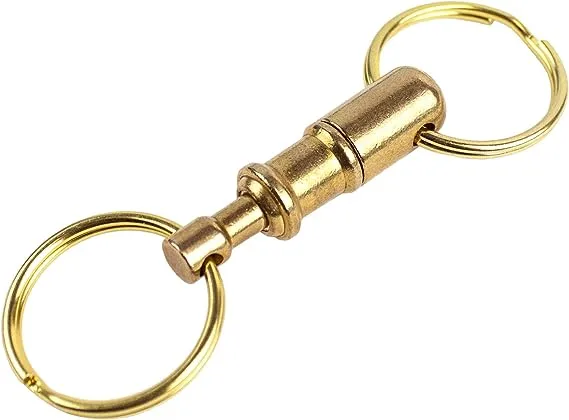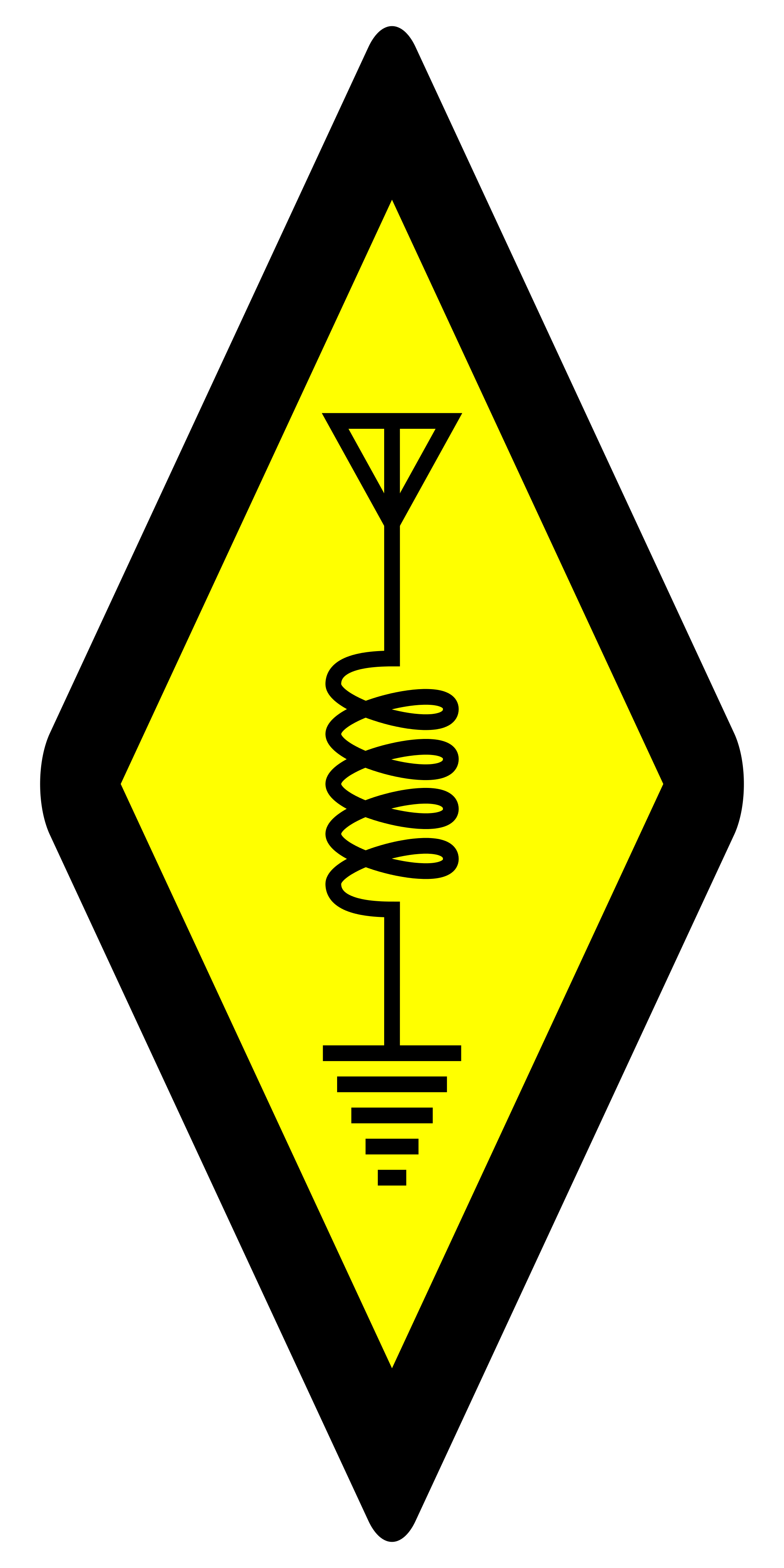Hi I am looking for a little connection advice.
I use a radio on my narrowboat. As such I am in the process of building a simple random wire antenna. Idea being I have a 5m mast I can raise on the boat while moored. Then run a wire to a local tree or another portable mast.
The issue I am looking for some help with. Is finding connectors so I can set up different length antenna depending on available space.
I have a large kite winding wheel to store the wire with a 9:1 unun on the end. But need to be able to set up 3 different lengths. 143-84-(36 i think) feet. To do this I need some form of connector a lot stronger the your typical bullet crimp. The wind on the towpath and movement of the boat will separate such connectos easy. As the boat rocks. But anything much larger the a bullet will not roll around the kite reel well.
I am looking for some kind on single wire electrical connector. That screws together. So I can select the best length for the enviroment I am in. Unscrew the wire at that length. Commect it to an elastic rope attached to the tree or land based mast.
If the worst comes. I’ll make something myself using m2 bolts and inset standoffs. But would love to know if anyone has seen something ready made that will do this.
143 ft? 43m? are you trying to get on 160m?
i’d just probably go with eyebolt + screw, or maybe you can make bullet connector work with something that will keep it from disconnecting, some form of strain relief in that place. this would be similar to some linked dipoles
160m when I have the space yes. My club in Harwell has a regular net. So if possible it would be good to set up.
But yes the busy towpath will often limit me to 80 or 40m hence the other 2 lengths. I was thinking of some form of strain relief around a bullet crimp. Would likely be a better connection then the average bolt.
Nit sure how good stainless steel is for rf. Worry about non stainless rusting. Looking for decent alliminium small bolts.
deleted by creator
i think i have a solution for you, consider the following:
make a small loop in place where you want to put a break, then cut that loop so it makes two hooks. at the end of these hooks put bullet connector or what have you, and then slide entire assembly into a tight-fitting plastic tube. this way, when deployed, hooks are under tension but connector itself is compressed, so it won’t get disconnected, and it’s only as wide as bullet connector + 2x wire + tube that keeps it all from going sideways
nods that sounds like a good solution. Ive ordered some bits to try it.
i don’t think aluminum is good around seawater, but small length of stainless won’t matter in this application
Sorry narrowboat is a UK inland waterways thing. Canals and rivers. So no salt water.
For info, narrowboats are basically flat bottomed steel boats 6ft10inch wide. Sized for UK canal locks etc. Mine is 25ft long(short) they go up to 72ft. Modern (post 60s) Look like huge steel cuboids. As they are set up like floating caravans. Originally they were designed as cargo transporters with a tiny living cabin at the end.
ah okay then
at any rate putting copper and aluminum together in wet environment is a bad idea
Had not realised that. Thanks for the help
Thanks for everyone’s help.
I have put together something based on the collected recomendations.
Connectors wise I used these. As they have a much firmer grip them most I have seen.
https://www.amazon.co.uk/dp/B081TXM3XN?psc=1&ref=ppx_yo2ov_dt_b_product_details
Using adhesive with shrink erap to secure the soldered connection. folded over in a loop. Allowing the lengths to be disconnected while using the real and remainder as a couterbalance/weight.
This is the reel I used. So the short connectors makes rolling around it vary easy.
https://www.amazon.co.uk/gp/product/B07F34HGSY/ref=ppx_yo_dt_b_search_asin_title?ie=UTF8&psc=1
Dude I can’t get this question out of my head!
I wonder if you could use these locking quick disconnect keychains–I think you can find them in a whole bunch of different metals:

Also, if you’re looking for hardware in any material you can imagine, check out mcmaster.com.
I’ve spent some time considering various actual electrical connectors, but…I don’t think they fit your mission.
Good luck man–please let us know what you come up with.
Really like that idea. I’ll look into it.
things like this are usually made out of die-cast zinc, i’m not sure if you can even solder that
I use 2mm bullet/banana connectors for my EFHW and linked dipoles in windy conditions. They work perfectly well with strain relief, which can be as simple as a strip of plastic with four holes.
Recently I’ve been using K6ARK’s method of adhesive lined heat shrink: https://youtu.be/HlFXs5kk_8w
Edit: I forgot to say the usefulness of K6ARK’s style is that you can reel the whole wire. Disconnect at the length you want and plug your transformer at the link. Keep the reel hanging with your transformer or use the remaining length as a counterpoise.
Another idea to consider is a vertical antenna. 5 meters is a 20m quarter wave and presents decent efficiency when coil-loaded into the 40m band. A capacitive hat could be helpful too, though it is something I haven’t personally tried.
If you’re looking to use 40, 80, and 160 as local propagation, maybe a linearly loaded or folded dipole could do the trick. You can run it lengthwise or as a fold along the top of the boat. It’ll make setup easier and not location dependent.
Nods I think ill look along those lines. I have found some 3.5mm bulley connectors used for RC power. I think those with the method shown in the vid. and a plastic sleeve as suggested by another post. should create a neat windable solution.



